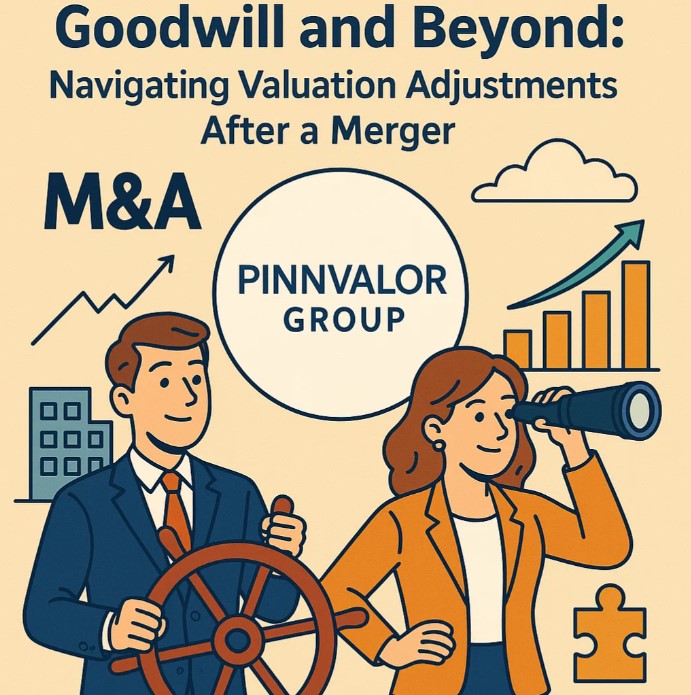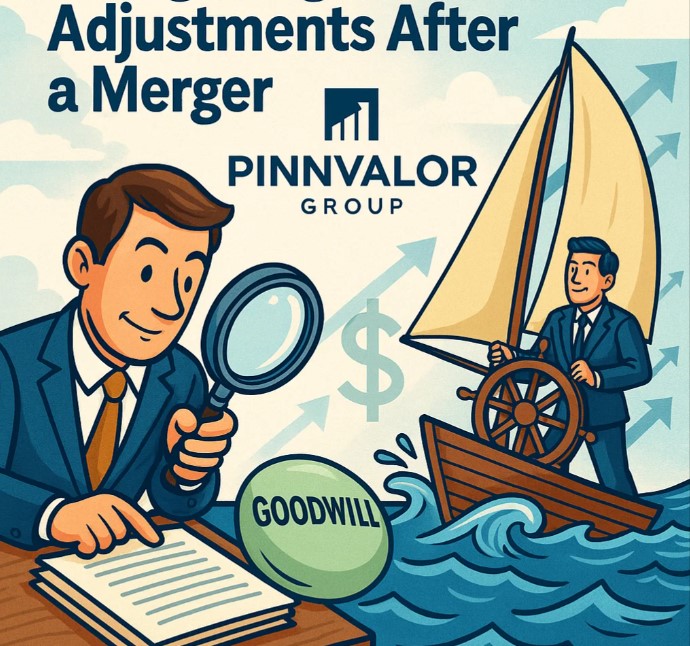
Goodwill and Beyond: Navigating Valuation Adjustments After a Merger
When two companies unite through a merger or acquisition, the financial reporting implications extend far beyond the deal price. One of the most nuanced and critical areas in post-merger accounting lies in the treatment of valuation adjustments and the recognition of goodwill. These factors shape not just the immediate financial statements but also influence investor perception, regulatory compliance, and future impairment risks.
What really happens to financials after the handshake in a merger?
When the deal closes, the real work begins—realigning numbers to reflect economic reality. Goodwill is where expectations meet accounting discipline.
Understanding the Concept of Goodwill
Goodwill arises when the purchase price exceeds the fair value of net identifiable assets acquired in a business combination. It reflects intangible factors such as brand reputation, customer loyalty, employee expertise, and expected synergies.
- Formula: Goodwill = Purchase Price – (Assets – Liabilities at Fair Value)
- It is recognized as a non-current intangible asset and is not amortized, but tested annually for impairment.
Why Valuation Adjustments Matter Post-Merger
Upon acquisition, the acquirer must revalue all assets and liabilities of the target to their fair values, as per Ind AS 103 / IFRS 3 (Business Combinations). These adjustments are critical for ensuring that the balance sheet reflects the true economic value of the combined entity.
- Asset Revaluation: Tangible and intangible assets such as property, patents, and customer contracts are reassessed.
- Liability Adjustments: Contingent liabilities and assumed obligations are recognized at their fair value.
- Deferred Tax Impact: Adjustments often give rise to deferred tax assets or liabilities.
Example: The Impact of Valuation Adjustments
Suppose Company A acquires Company B for ₹100 crore. The fair value of net identifiable assets (after adjusting tangible assets, intangible assets, and liabilities) is ₹80 crore. The difference—₹20 crore—is recorded as goodwill.
But if further post-deal valuation shows that certain intangible assets were under-reported and are now valued at ₹5 crore more, the goodwill is reduced accordingly to ₹15 crore. This ensures the financials are a more accurate reflection of the economic substance of the deal.
Types of Post-Merger Adjustments That Influence Goodwill
- Purchase Price Allocation (PPA): Allocation of the acquisition price to identifiable assets and liabilities based on fair value.
- Measurement Period Adjustments: Adjustments made within 12 months post-acquisition if new information emerges about facts existing at the acquisition date.
- Contingent Consideration: Future payments linked to performance may increase or decrease goodwill retrospectively.

Goodwill Impairment: A Key Post-Merger Risk
Unlike other intangible assets, goodwill is not amortized. Instead, it must undergo annual impairment testing as per Ind AS 36 / IAS 36. A decline in the recoverable amount below the carrying value results in a loss that directly hits the profit & loss statement.
This makes the correct initial recognition and valuation of goodwill even more crucial to avoid large future hits to profitability.
Best Practices for Finance Teams Post-Merger
- Engage Independent Valuers: Ensure asset and liability fair values are determined by unbiased professionals.
- Document Everything: Maintain strong documentation for assumptions, models, and external inputs used in valuation.
- Stay Within the Measurement Window: Any retrospective adjustments must be completed within the 12-month measurement period.
- Prepare for Impairment Testing: Develop robust models for cash-generating units (CGUs) early on to test goodwill annually.
Conclusion: From Numbers to Narrative
Goodwill is more than just an accounting number—it's a reflection of the future economic benefits expected from a merger. Valuation adjustments, when done diligently, provide a more transparent and faithful representation of the merged entity’s financial standing. Whether you're a CFO, auditor, or investor, understanding how goodwill and post-merger adjustments interplay is essential to grasping the true impact of an acquisition.
